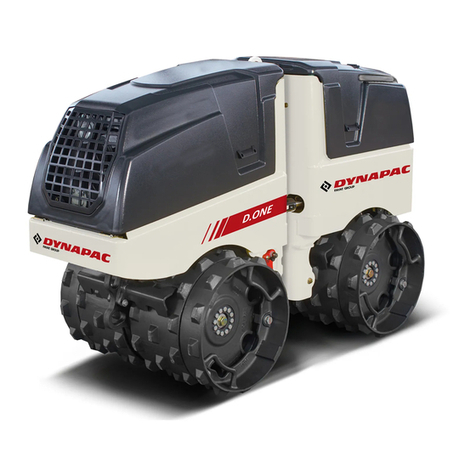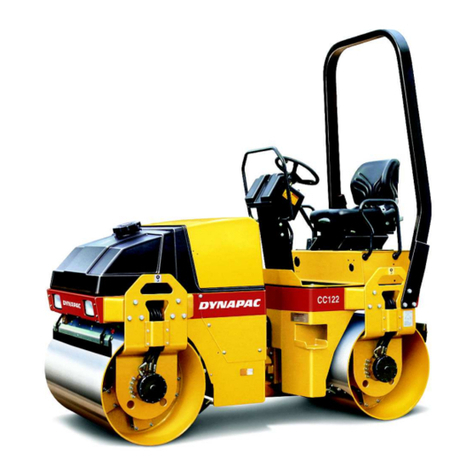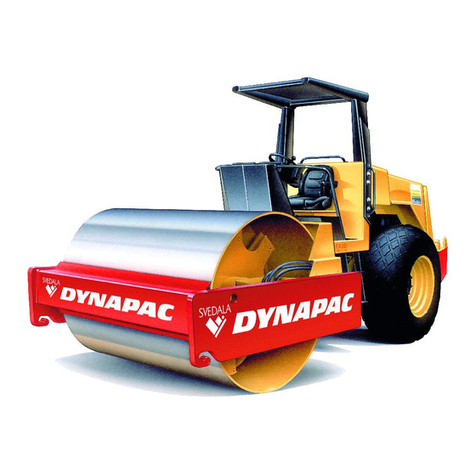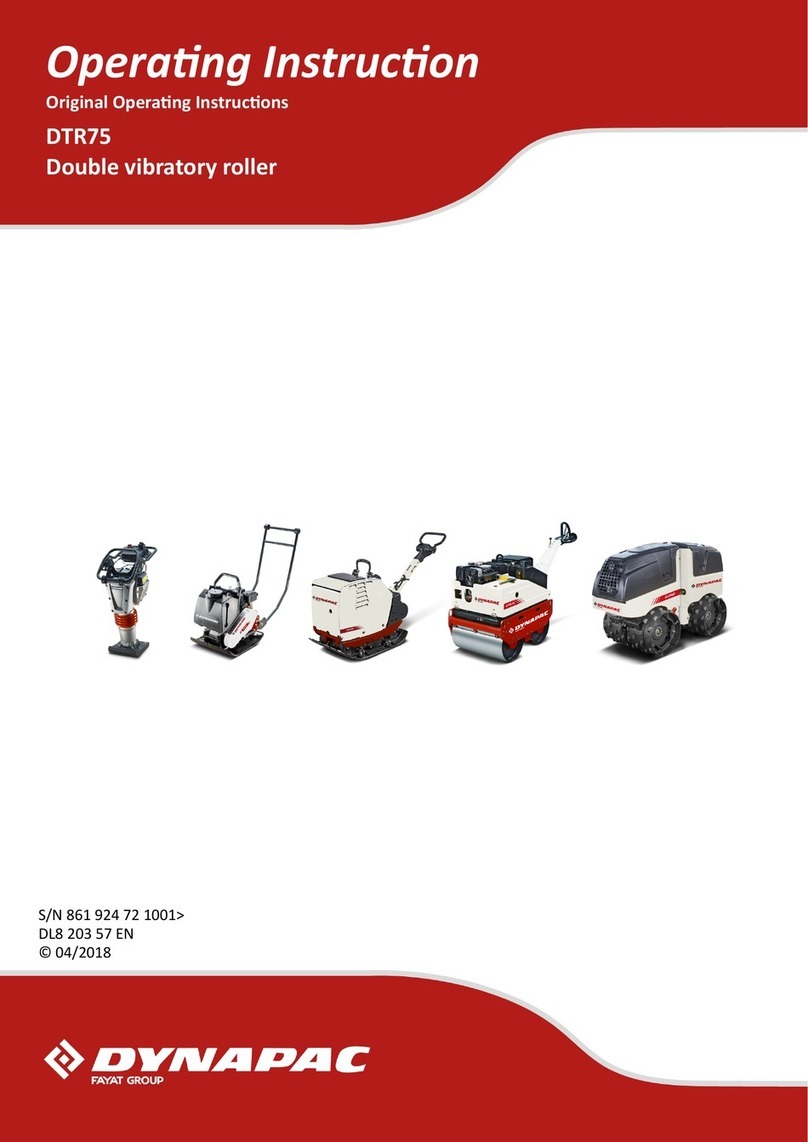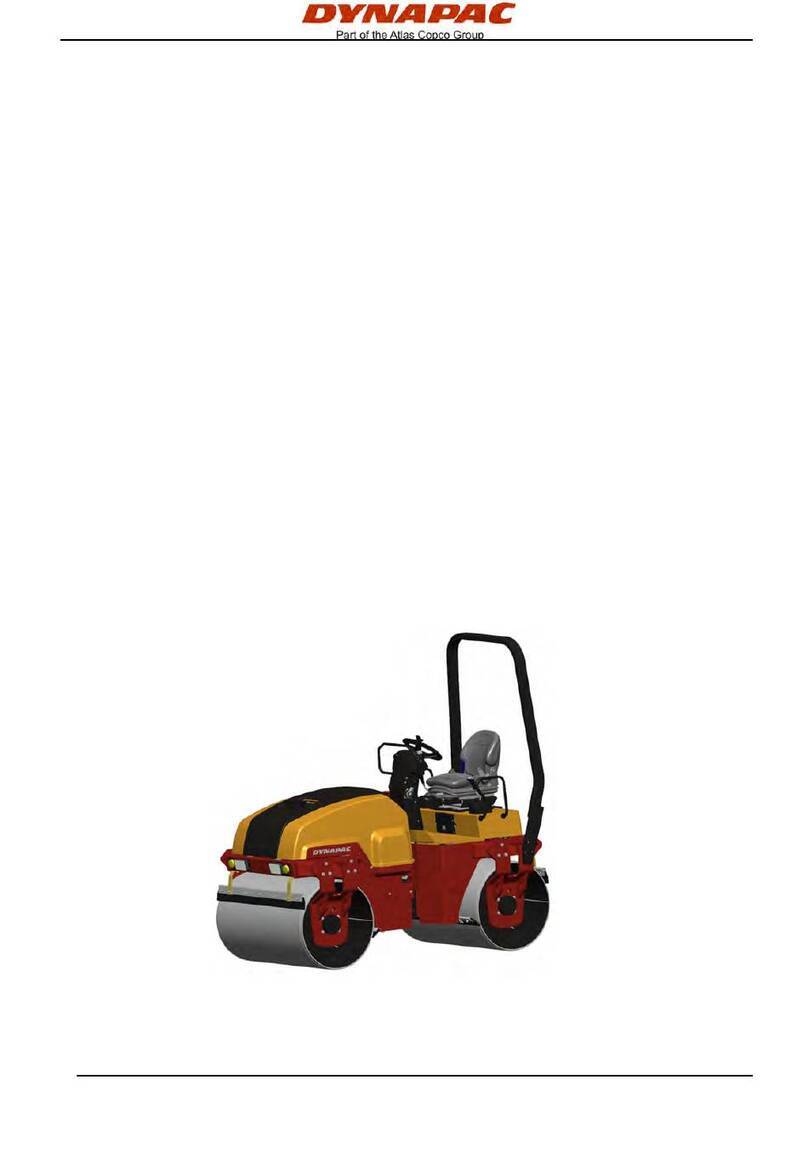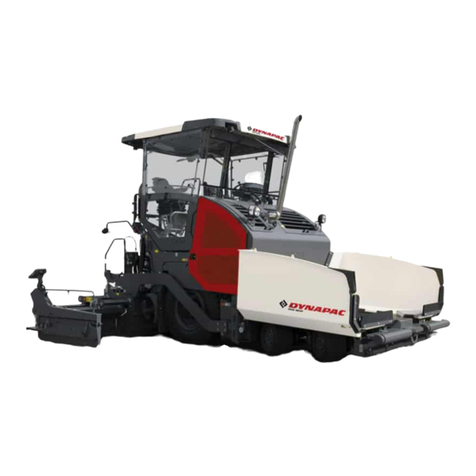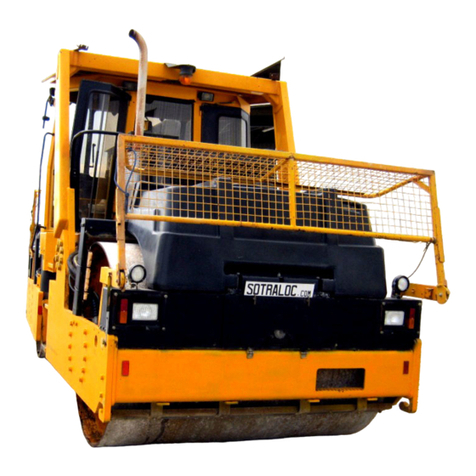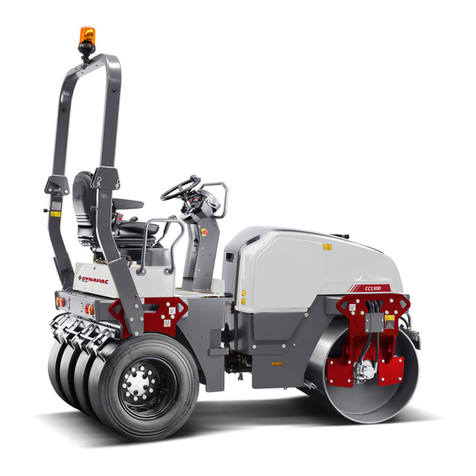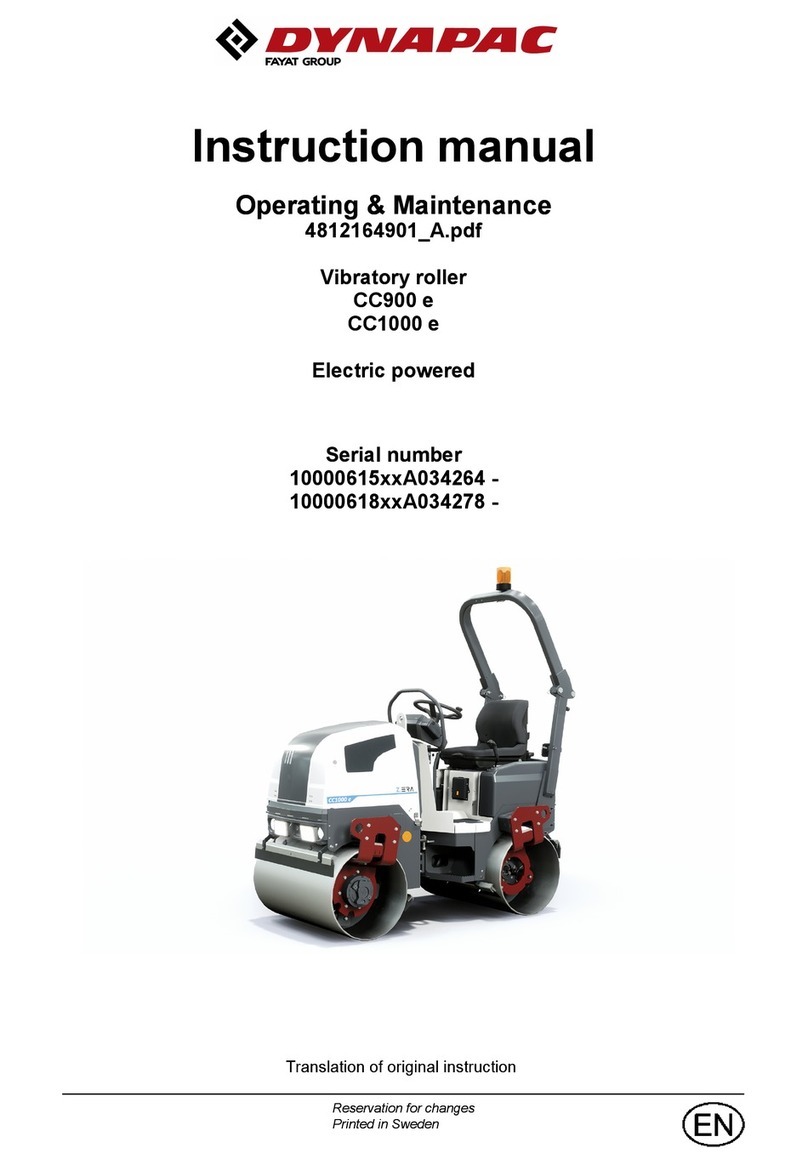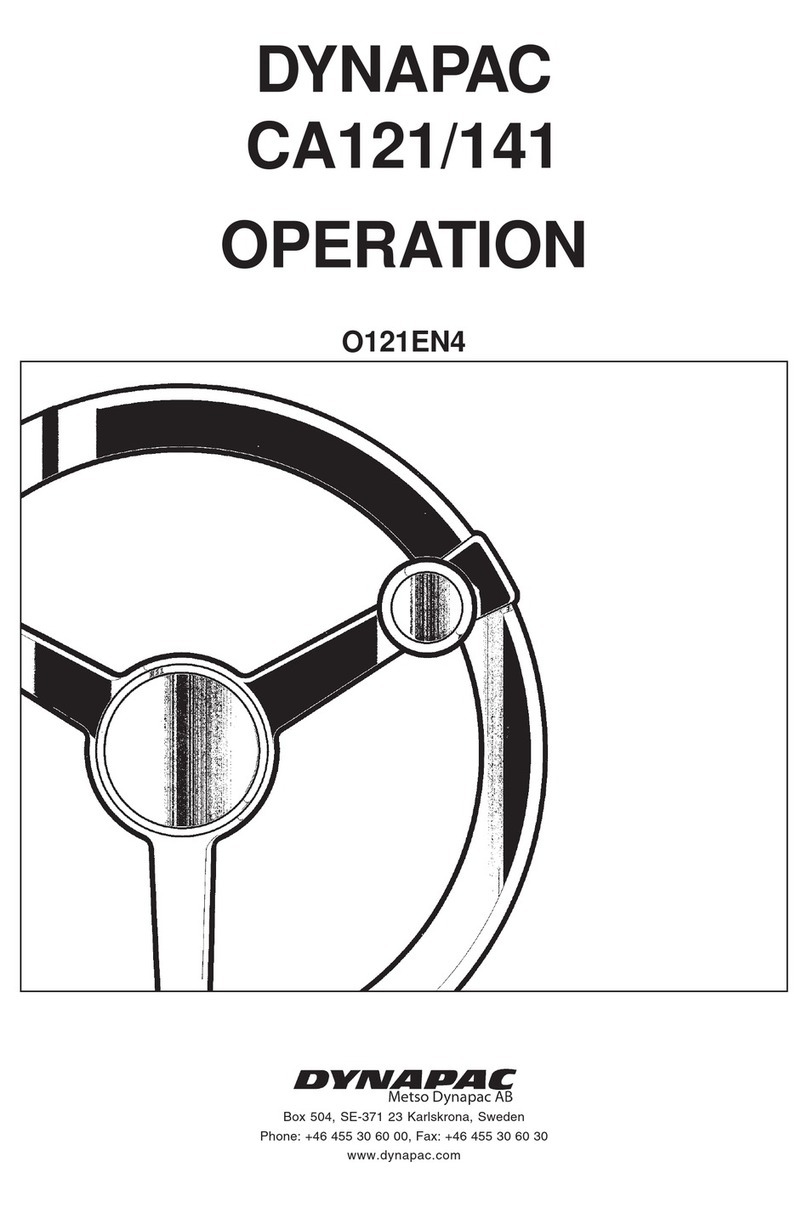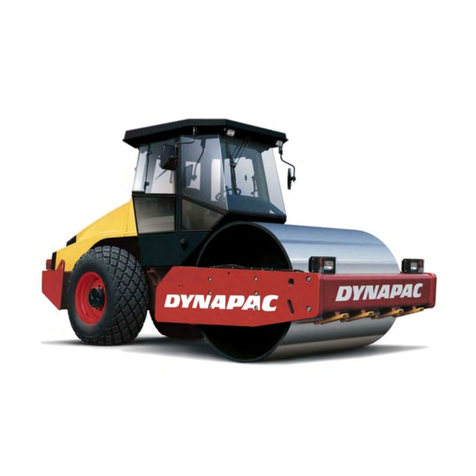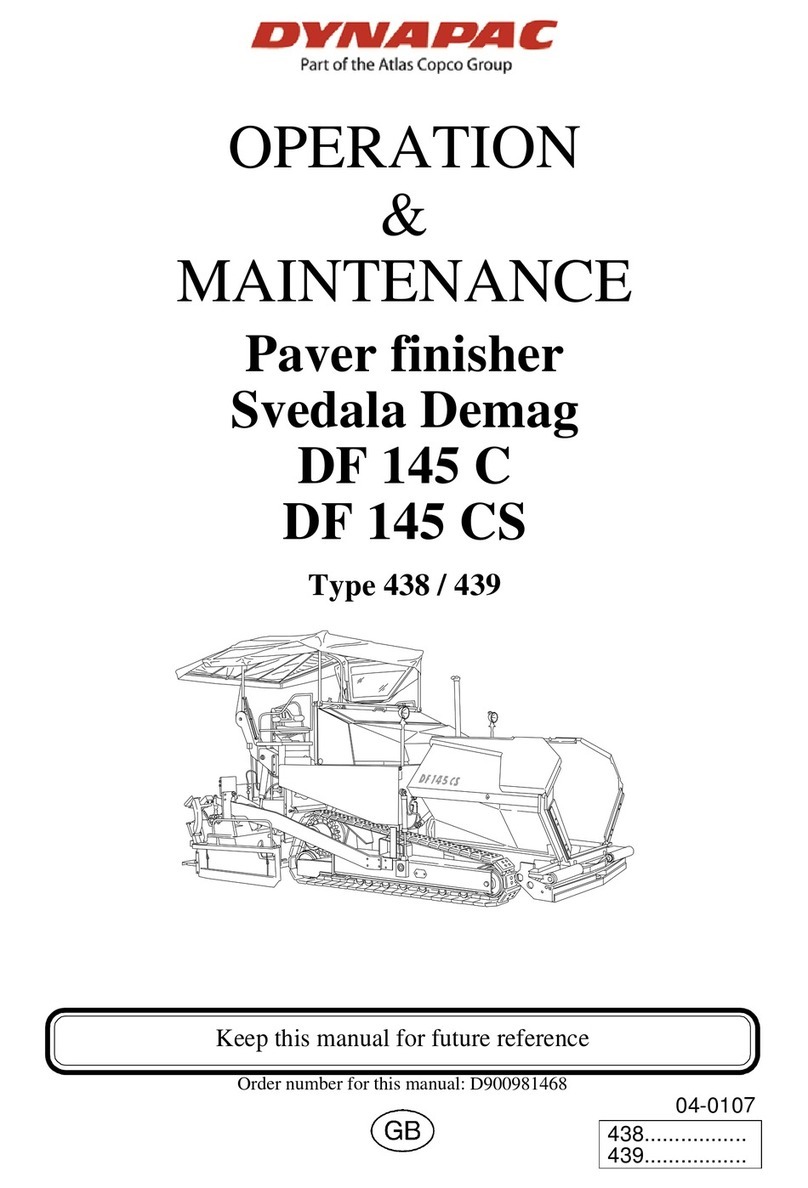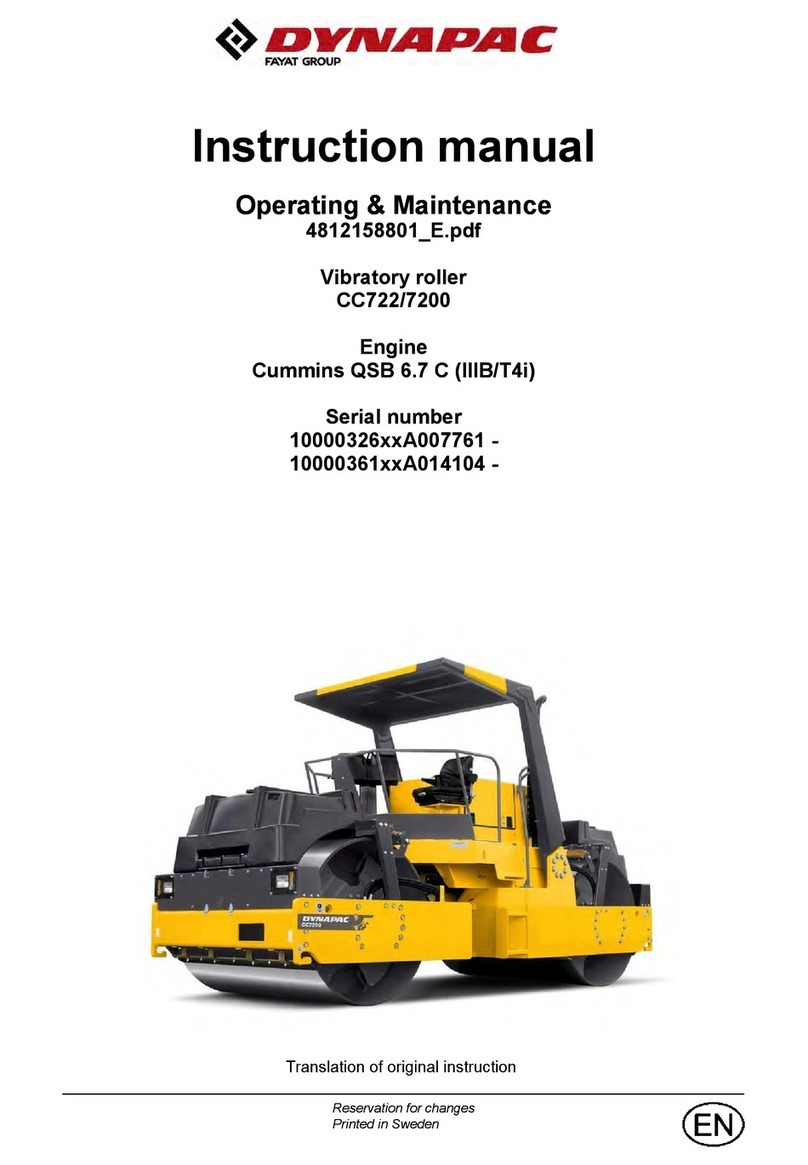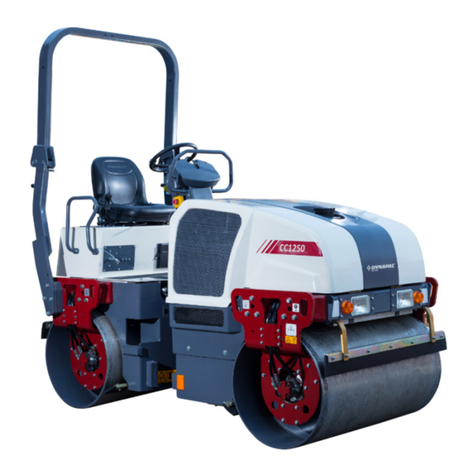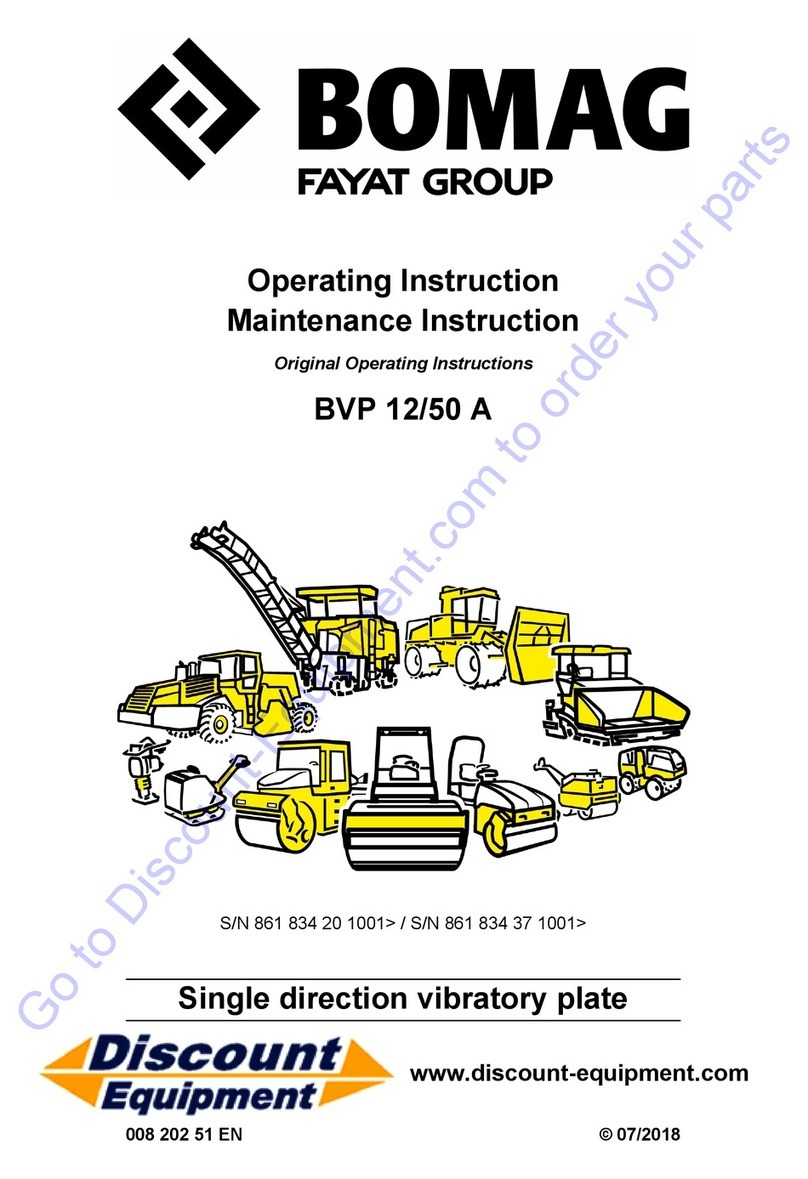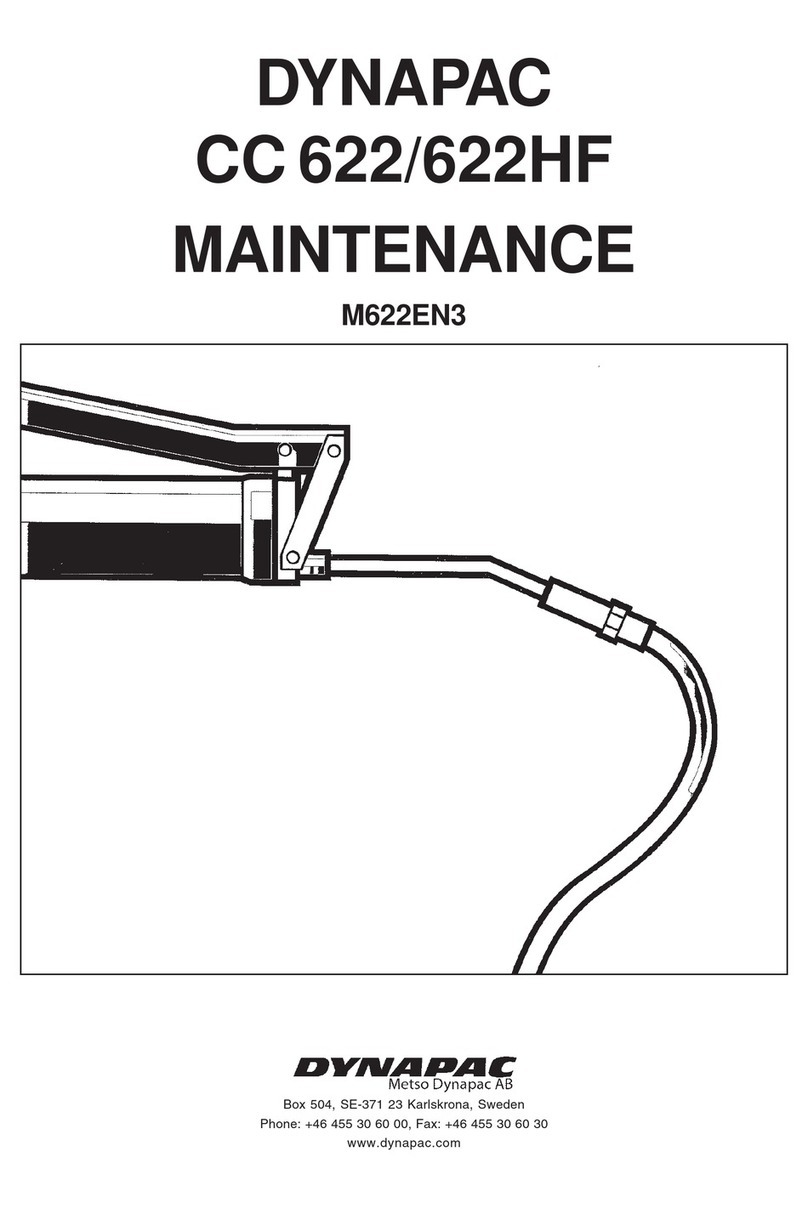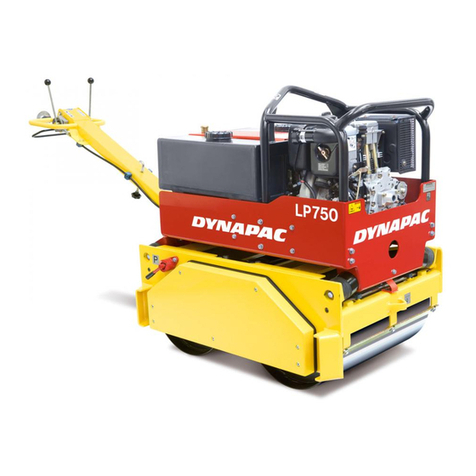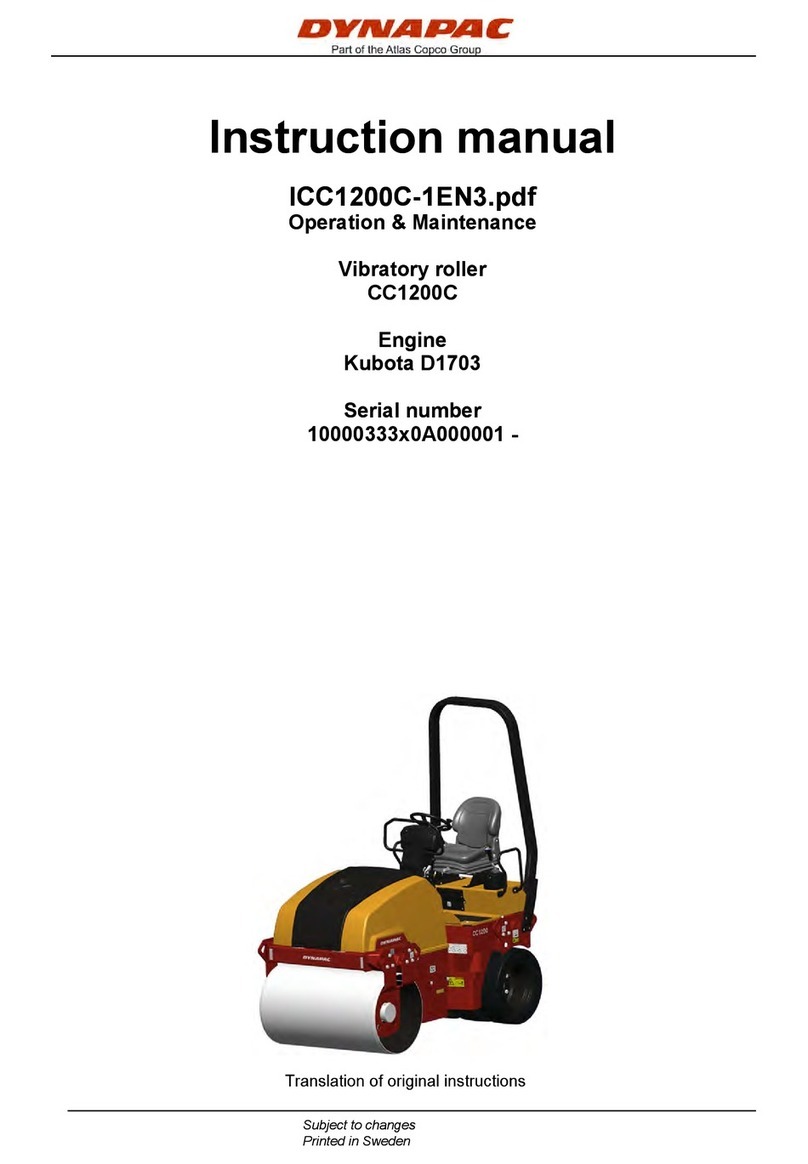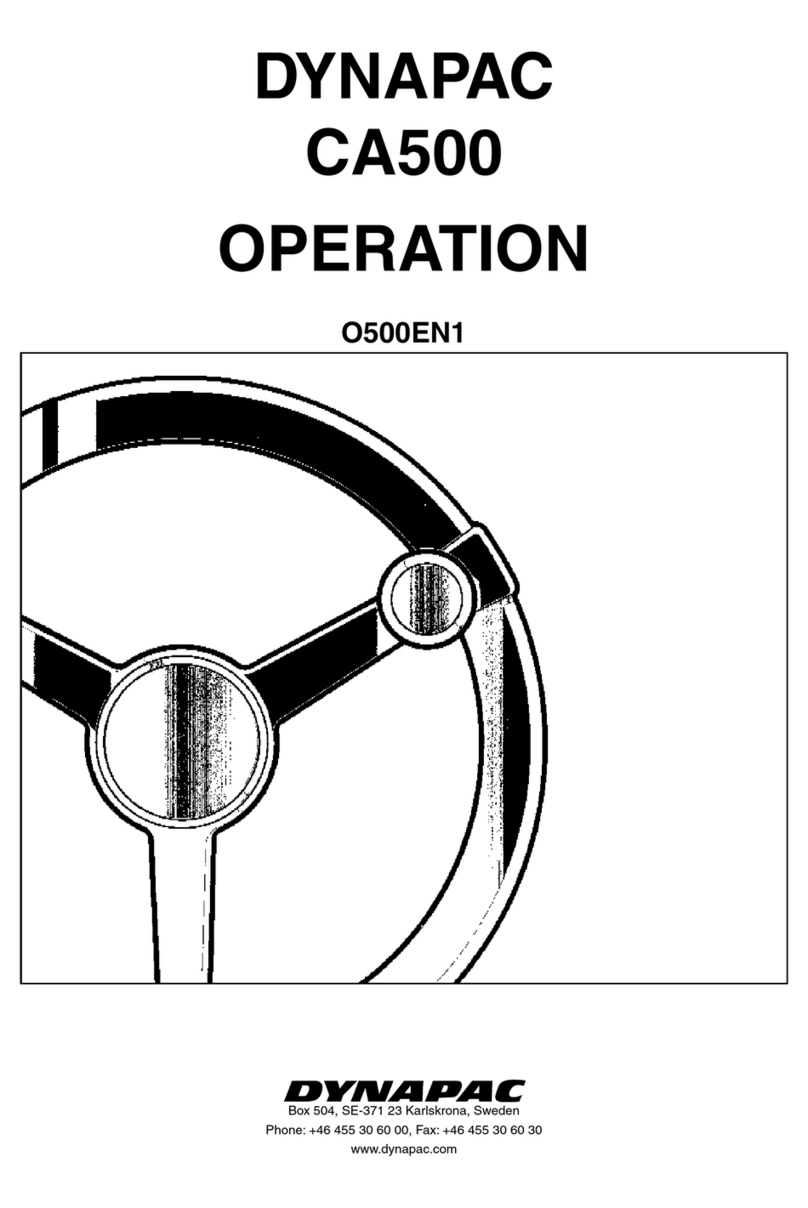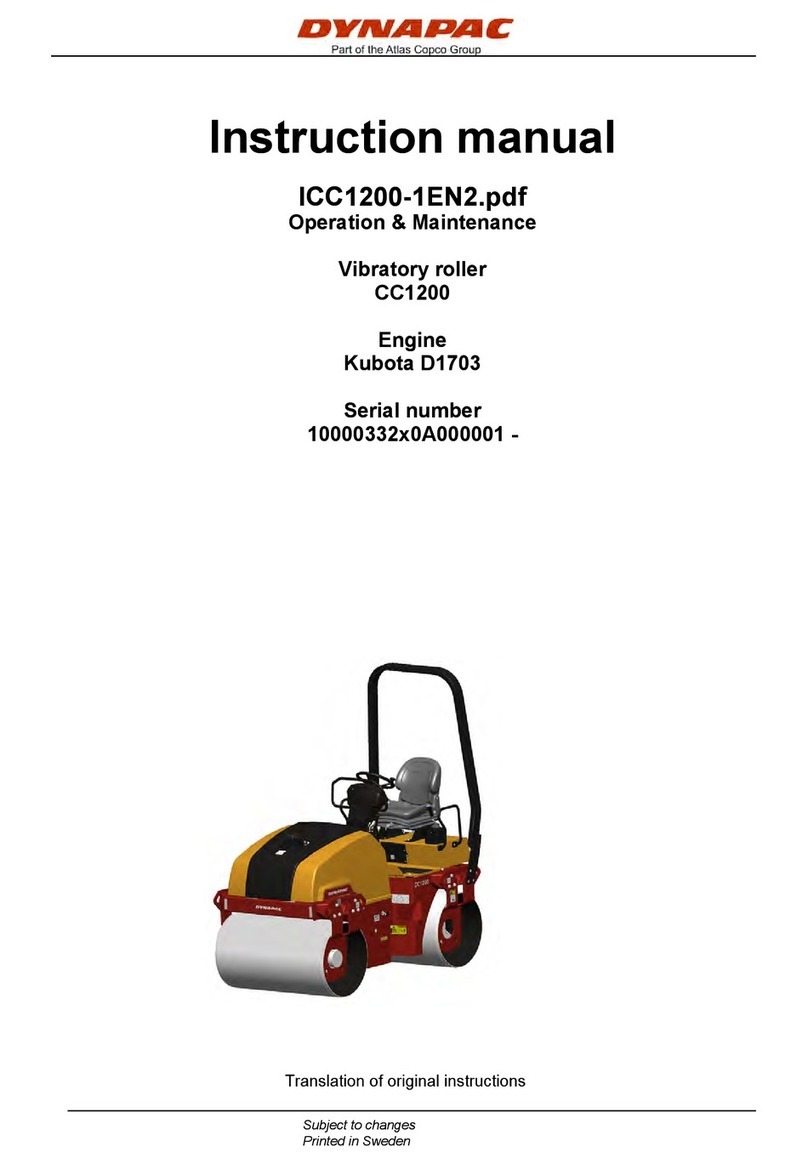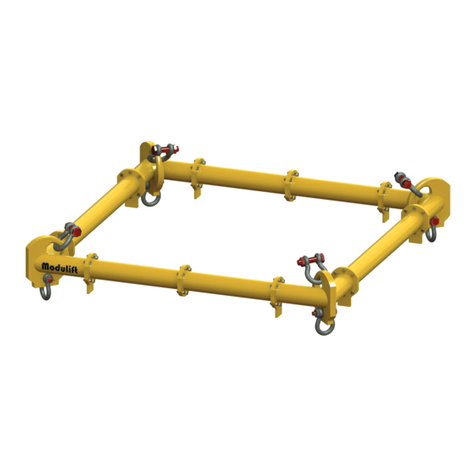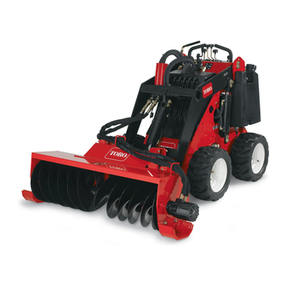
2CP142 M142EN1
INNEHÅLL
Sida
Smörjmedel och symboler ................................................ 3
Tekniska specifikationer ................................................ 4-6
Skötselschema ................................................................ 7
Skötselåtgärder ............................................................ 8, 9
Var 10:e drifttimme (Dagligen) ................................... 10-14
Var 50:e drifttimme (Varje vecka) .............................. 15-17
Var 250:e drifttimme (Varje månad) .......................... 18, 19
Var 500:e drifttimme (Var tredje månad) ......................... 20
Var 1000:e drifttimme (Varje halvår) ......................... 21, 22
Var 2000:e drifttimme (Varje år) ...................................... 23
Långtidsuppställning ....................................................... 24
Speciella anvisningar ..................................................... 25
Elsystem, säkringar ....................................................... 26
Read through the entire manual before
starting any maintenance operations.
Ensure good ventilation (air extraction) if the
diesel engine is run indoors.
It is important that the roller is maintained correctly to
ensure proper function. It should be kept clean so that any
leakage, loose bolts and loose connections can be
discovered in time.
Make a habit of walking round the roller to check it every day
before starting the first shift – including under the machine.
This is often the easiest way of discovering any leakage.
SPARE A THOUGHT FOR THE
ENVIRONMENT! Do not let oil, fuel and other
environmentally hazardous substances contami-
nate the environment.
This manual contains instructions for periodic attention
which should normally be carried out by the roller’s driver.
There are additional instructions relating to the diesel
engine, for which the manufacturer’s instructions
are detailed in the engine manual. This is found
under a separate flap in the roller’s product binder.
GENERAL
Safety instruction – Personal Safety
Special caution – Machine or component damage
WARNING SYMBOLS
CALIFORNIA
Proposition 65 Warning
Diesel engine exhaust and some of its
constituents are known to the State of
California to cause cancer, birth defects,
and other reproductive harm.
